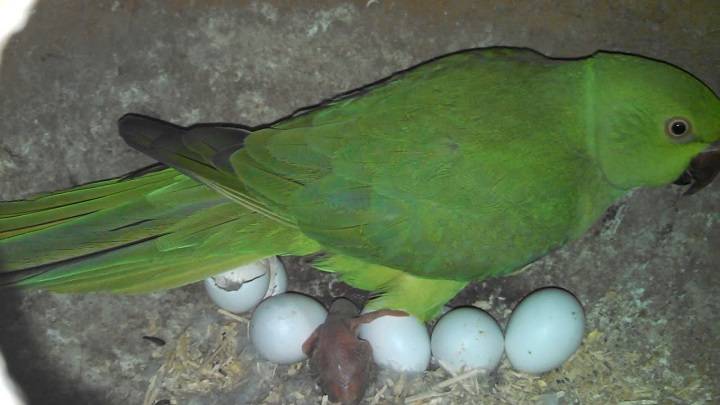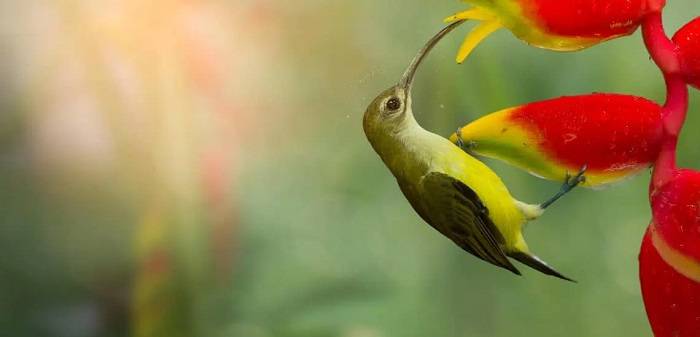In the vast tapestry of the natural world, birds exhibit a stunning array of colors, shapes, and behaviors that never fail to captivate our imagination. Among the many wonders of avian diversity, one particular enigma stands out—the elusive green egg bird. In this blog post, we embark on a journey to unravel the mystery of this remarkable creature, exploring the science, folklore, and cultural significance surrounding birds that lay green eggs.
The Phenomenon of Green Eggs
Nature’s Palette:
- While most bird eggs are known for their shades of white, brown, or blue, the emergence of green eggs adds a splash of vibrant color to the mix. Green eggs are relatively rare in the avian world, occurring in a select group of species that have evolved unique adaptations to produce eggs with this distinctive hue.
Natural Pigments:
- The green coloration of bird eggs is the result of pigments deposited in the eggshell during formation. These pigments, known as biliverdin and protoporphyrin, are derived from the breakdown of hemoglobin in the blood and are responsible for the green and blue hues observed in many avian eggs.
Birds That Lay Green Eggs: A Closer Look
American Robin (Turdus migratorius):
- One of the most iconic birds associated with green eggs is the American robin. These familiar songbirds, known for their reddish-orange breasts and melodious calls, lay pale blue eggs that can sometimes appear greenish due to the influence of the biliverdin pigment.
Emu (Dromaius novaehollandiae):
- The emu, native to Australia, is another species known for laying green eggs. These large flightless birds, belonging to the ratite group, produce dark green eggs that provide camouflage in their natural habitat, helping to protect them from predators.
Common Murre (Uria aalge):
- The common murre, a seabird found in northern oceans, lays conical eggs with a distinctive green coloration. These eggs are laid on narrow ledges of rocky cliffs, providing additional camouflage and protection against predators such as gulls and skuas.
Evolutionary and Ecological Significance Bird
Camouflage and Protection:
- The evolution of green eggs in certain bird species is believed to be an adaptation for camouflage and protection. In environments where greenery predominates, such as forests and coastal habitats, green eggs blend in with the surrounding vegetation, making them less conspicuous to predators.
Temperature Regulation:
- Some researchers suggest that the coloration of bird eggs, including green eggs, may also play a role in regulating temperature during incubation. Dark-colored eggshells absorb more heat from sunlight, helping to maintain optimal conditions for embryo development.
Cultural and Folkloric Associations
Symbolism of Renewal and Fertility:
- In many cultures, eggs are symbols of renewal, fertility, and new beginnings. Green eggs, with their vibrant coloration and associations with nature, evoke themes of growth, abundance, and the cycle of life, making them potent symbols in folklore and mythology.
Literary and Artistic Representations:
- The concept of green eggs has inspired countless works of literature, art, and popular culture. Perhaps most famously, Dr. Seuss’s beloved children’s book “Green Eggs and Ham” features whimsical illustrations of green eggs, sparking the imaginations of readers of all ages.
The Green Egg Bird
Protecting Nesting Habitats:
- Preserving the natural habitats of birds that lay green eggs is essential for ensuring their survival and well-being. Conservation efforts focused on protecting nesting sites, reducing habitat destruction, and mitigating human disturbances can help safeguard these unique species and their colorful eggs.
Public Awareness and Education:
- Raising public awareness about the ecological significance of green eggs and the species that lay them can inspire conservation action and foster a greater appreciation for the diversity of life on Earth. Educational programs, interpretive signage, and citizen science initiatives can all play a role in promoting awareness and understanding.
Related Post:
Unlocking the Mysteries of Duck Egg Laying: How Often Do Ducks Lay Eggs?
When Do Ducks Start Quacking? Unraveling the Quack-tastic Mystery
Exploring the Enigmatic Ancona Duck: A Quirky, Beautiful, and Versatile Breed
The phenomenon of green eggs offers a captivating glimpse into the rich tapestry of avian diversity and evolution. From the iconic American robin to the majestic emu and the elusive common murre, birds that lay green eggs are a testament to the ingenuity and adaptability of life in the natural world. By unraveling the mystery of green eggs and exploring their scientific, cultural, and ecological significance, we gain a deeper appreciation for the wonders of nature and the remarkable diversity of bird life on our planet. So, the next time you encounter a green egg or glimpse a bird that lays them, take a moment to marvel at the beauty and complexity of this colorful enigma.




